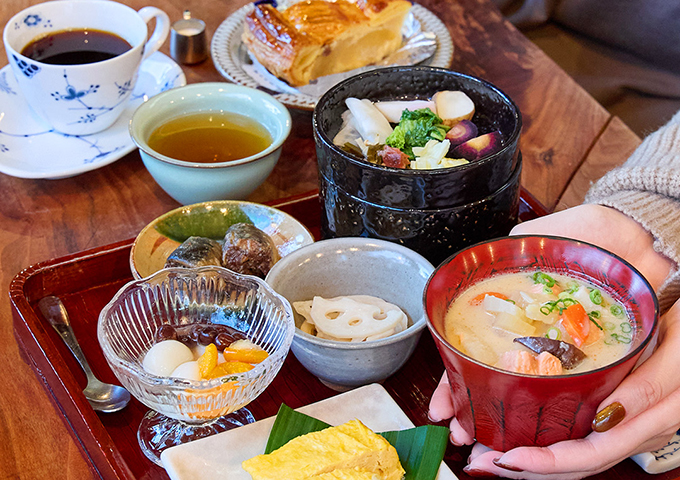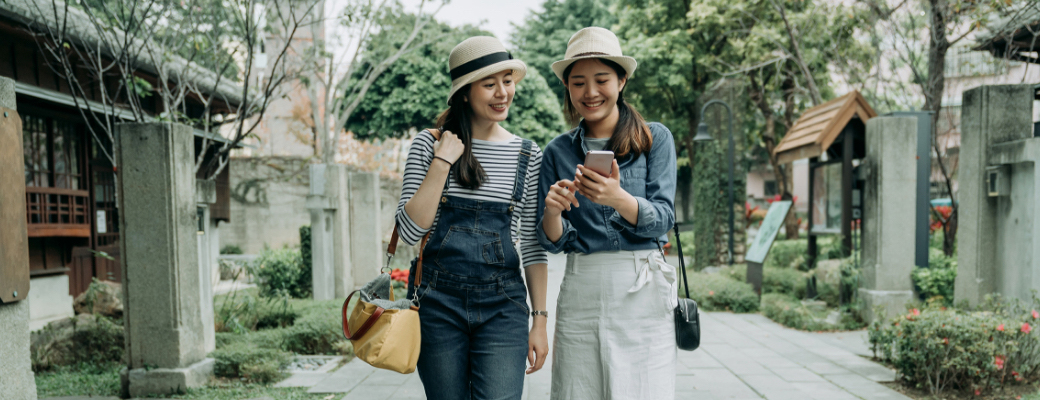
Food and Drinks
Calm and Relaxing Cafés along the Nankai Line

What is Mizumadera?
Mizumadera is a temple with a long history located in Kaizuka City, Osaka Prefecture. In this article, we will introduce not only the history and access of Mizumadera but also events such as "Senbon Mochitsuki" and "Setsubun Hoyo" (Setsubun Ritual).
Mizumadera is an ancient temple widely known as the Yakuyoke Kannon (Kannon for warding off evil). It was founded by the monk Gyoki during the Nara period and is also counted as the fourth temple on the New Saigoku Pilgrimage route. Although the main hall was destroyed by fire during the 13th year of the Tensho era (1585) by Toyotomi Hideyoshi's forces, it was reconstructed in the 8th year of the Bunka era (1811).
The main deity is revered as the "Yakuyoke Kannon," attracting faith from many. The annual "Senbon Mochitsuki" held in January is a festival celebrating the appearance of this Kannon, where Gyoki, accompanied by sixteen young boys, pounds rice cakes with wooden mallets, preserving the tradition of offering them.
The founding of Mizumadera is surrounded by the legend of the "Descent of the Kannon Waterfall." When Emperor Shomu fell ill, he received a divine message stating, "Kannon Bodhisattva will appear from the southwest of the capital Nara. Escort this Kannon image to the capital and have faith in it."
Emperor Shomu entrusted Gyoki, who was most trusted by the common people at that time, to find the Buddhist statue. Gyoki departed from Nara in search of this Buddha image, headed southwest, and arrived at the location where Mizumadera now stands.
There, he found a beautiful flowing water and an old man with white hair holding a body-shaped Buddha statue. The old man handed the Buddha statue to Gyoki, saying, "I have been waiting for you for a long time," then transformed into a dragon and ascended to heaven, as recorded in the temple's origin story.
The Buddha statue handed to Gyoki was a small Kannon statue about 6 centimeters tall. When Gyoki presented the Buddha statue to the Emperor, the Emperor's illness miraculously healed. Therefore, Emperor Shomu decreed to enshrine this Buddha statue locally, and Gyoki built a temple. Since then, Mizumadera has been widely revered as a Kannon for warding off evil.
Senbon Mochitsuki (Thousand Rice Cake Pounding Event):
This event is held on January 2nd and 3rd each year as part of the "New Year's Hoyo" (January 1-3). It originates from Gyoki's search for the Kannon Bodhisattva, where he led sixteen young boys in pounding rice cakes with wooden mallets to offer to the main deity.
Setsubun Hoyo (Setsubun Ritual):
The Setsubun Hoyo is held annually from February 2nd to 4th. After a sermon by the chief priest, a ritual for warding off evil and inviting good luck, including throwing "Lifespan Coins in Rice Cakes with Prizes" and scattering lucky beans, takes place. Before the rice cake and bean throwing, entertainment such as performances is enjoyed, making it a grand event every year.
Kyuhatsubi Hoyo (Old Hatsubi Ritual):
The Kyuhatsubi Hoyo is held over three days, including the day before and after the first day of the Horse month according to the old calendar, traditionally held in alignment with the lunar calendar. Together with the "New Year's Hoyo" and "Setsubun Hoyo," it is counted as one of the three major events at Mizumadera.
It is said to have special benefits for those in their unlucky years, and many people visit to receive blessings. On the day of Kyuhatsubi according to the old calendar, those who receive blessings are given "Lifespan Coins in Rice Cakes."
In this article, we have introduced Mizumadera. Mizumadera is not only known for warding off evil but also for its blessings such as matchmaking, and various events are held throughout the seasons. Why not visit Mizumadera during your next holiday to experience its history and culture?

Food and Drinks
Calm and Relaxing Cafés along the Nankai Line

Shrines and Temples
What is Jison-in Temple? Summary of attractions and access information

Shrines and Temples
An in-depth explanation of the charms of Mt. Kongo Katsuragi Shrine! Sightseeing information and access to the surrounding area

